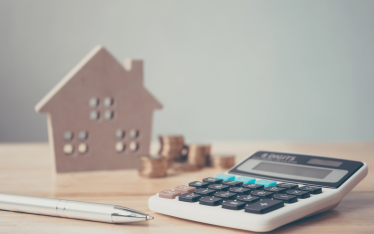Australian retirees are currently facing a ‘double whammy’ when it comes to funding their retirement. Consequently, if you plan to retire at 65 it requires some strategy to keep your money working to support your retirement.
The upside is that Australia, as a nation, are enjoying longer and healthier lives. But, a downside is that returns on traditional bedrocks of post-retirement investment portfolios such as term deposits, cash management accounts, and annuities have been slashed by record-low interest rates.
The Retirement Dilemma
This is the dilemma faced by 65-year-olds, Dave and Linda.
At the point of retirement, these fit and active retirees are eagerly anticipating regular overseas travel while maintaining their comfortable lifestyle.
The cost to achieve this retirement goal is estimated at about $80,000 per year. They intend to fund this from their combined retirement savings of $1 million. Both being in good health, they realise there’s a high likelihood that one or both of them could live well into their 90s.
The first thought is about security and capital preservation. Which naturally leads them to look at investing funds in a portfolio mainly comprising income-producing investments that will spare them from the volatility of share and property markets.
They quickly discover, however, that with interest rates so low, it will be difficult to achieve a return of just 3% per annum. Simple calculations reveal that if they draw $80,000 each year from a portfolio with this low rate of return, they will run out of money in just under 16 years. They will barely make it into their 80s with this strategy.
Rethink Your Retirement Strategy
Dave and Linda realise that longevity risk is as much of a threat as investment risk. In order to address the risk of outliving their money, they consider a different portfolio to fund their retirement. One that apportions most of their funds to a well-diversified range of growth assets, while retaining some conservative investments.
Such growth assets may include property, Australian and international shares, and some higher-yielding income funds.
With this strategy, Dave and Linda estimate a return of 7% p.a. At this rate, their money is expected to last just over 30 years, seeing them well into their 90s.
Balance The Risks
Yes, from an investment point of view, a growth portfolio is higher risk than a defensive or conservative portfolio. It will be more volatile, rising and falling in value along with investment markets. This volatility is something Dave and Linda will need to accept if they want to meet their lifestyle goals.
However, even 10 years is a long investment horizon, let alone 30. They should be able to ride out any market downturns with this time on their side.
Plus, there’s another safety net. The above scenario ignores any pension. As Dave and Linda will probably qualify for some age pension as they draw down on their savings. This will not only offset some of the investment risks but will substantially extend the date when their savings will eventually be exhausted.
Get Advice So That You Can Comfortably Retire At 65
Establishing a well-diversified, considered portfolio is a little more complex than a conservative portfolio. It also requires more active monitoring and regular review. Additionally, individual circumstances can change quickly, particularly in older age.
For help with all aspects of retirement planning, including portfolio design, establishing income streams and age pension strategy, talk to your qualified Think Big financial advisor.
This represents general information only. Before making any financial or investment decisions, we recommend you consult a financial planner to take into account your personal investment objectives, financial situation and individual needs. Speak with a tax accounting specialist (such as TBFG) who is up-to-date with applicable deductions, tax law, and business structuring to get you the biggest return on your EOFY tax assessment.










